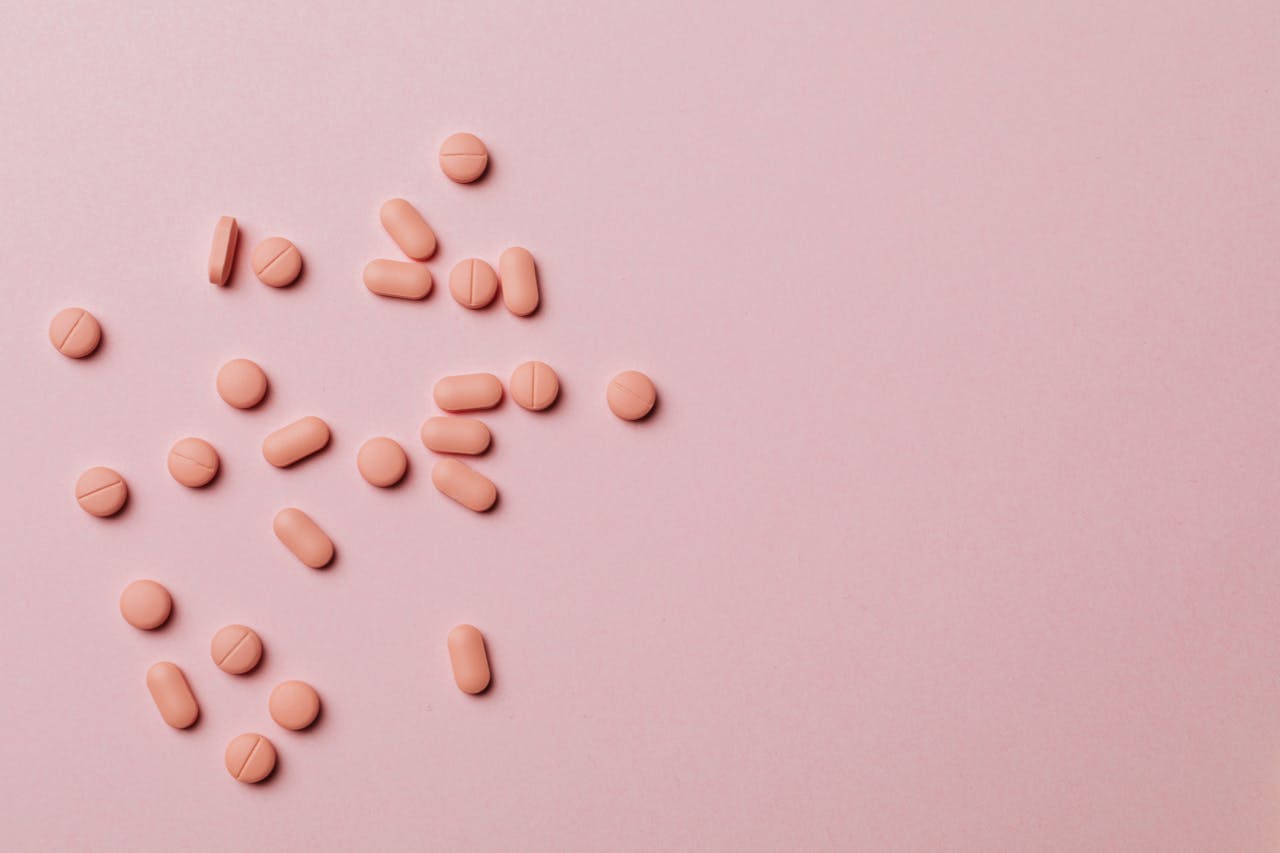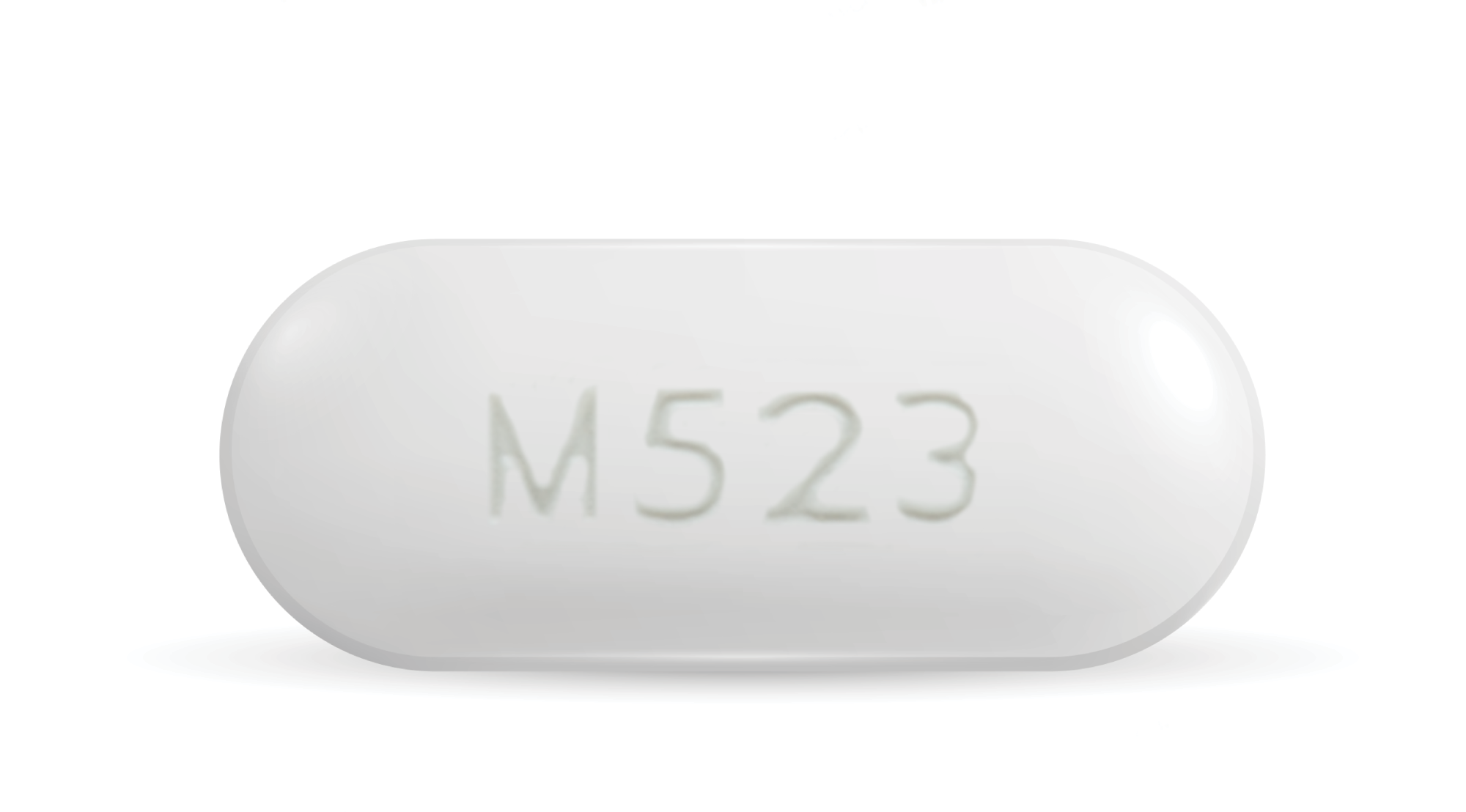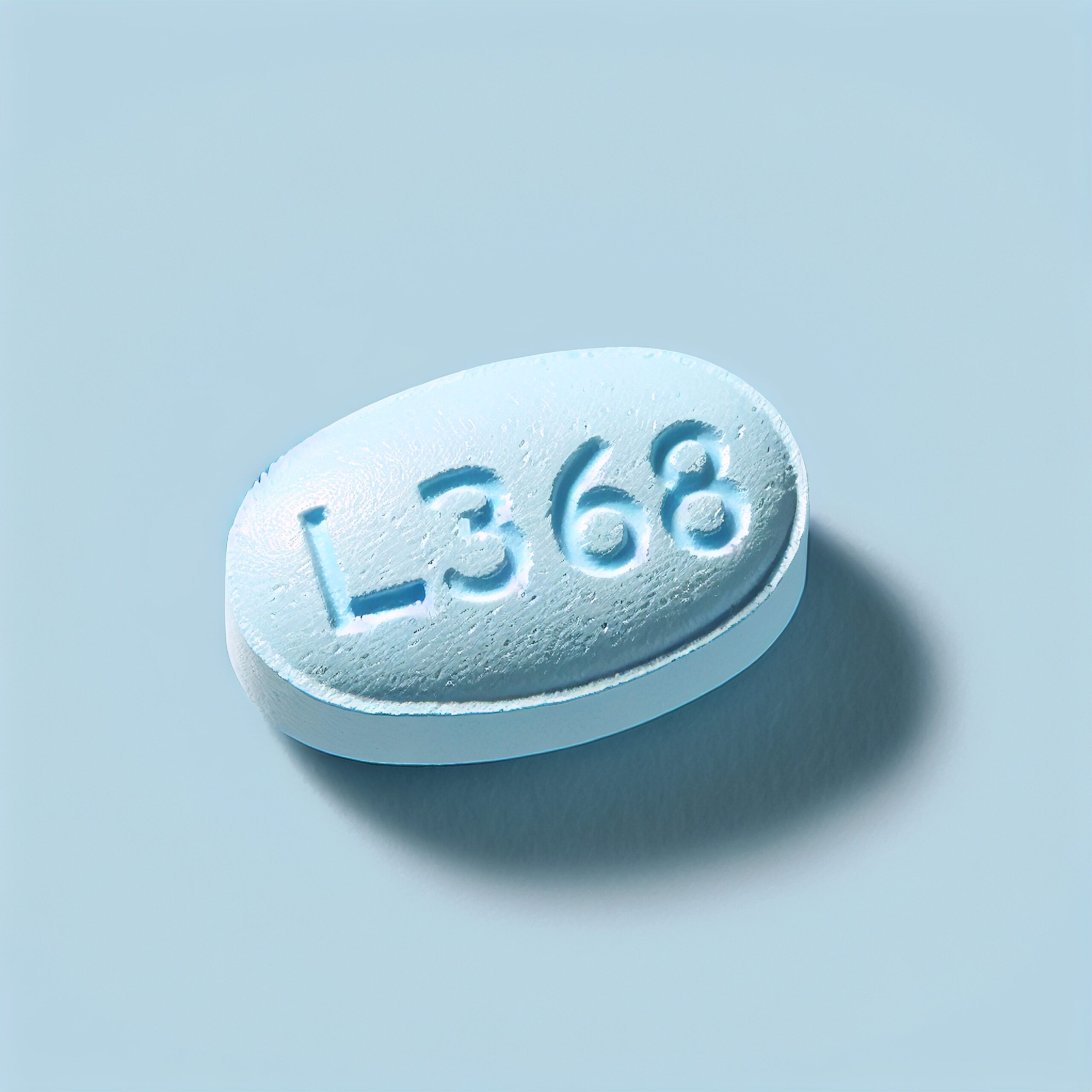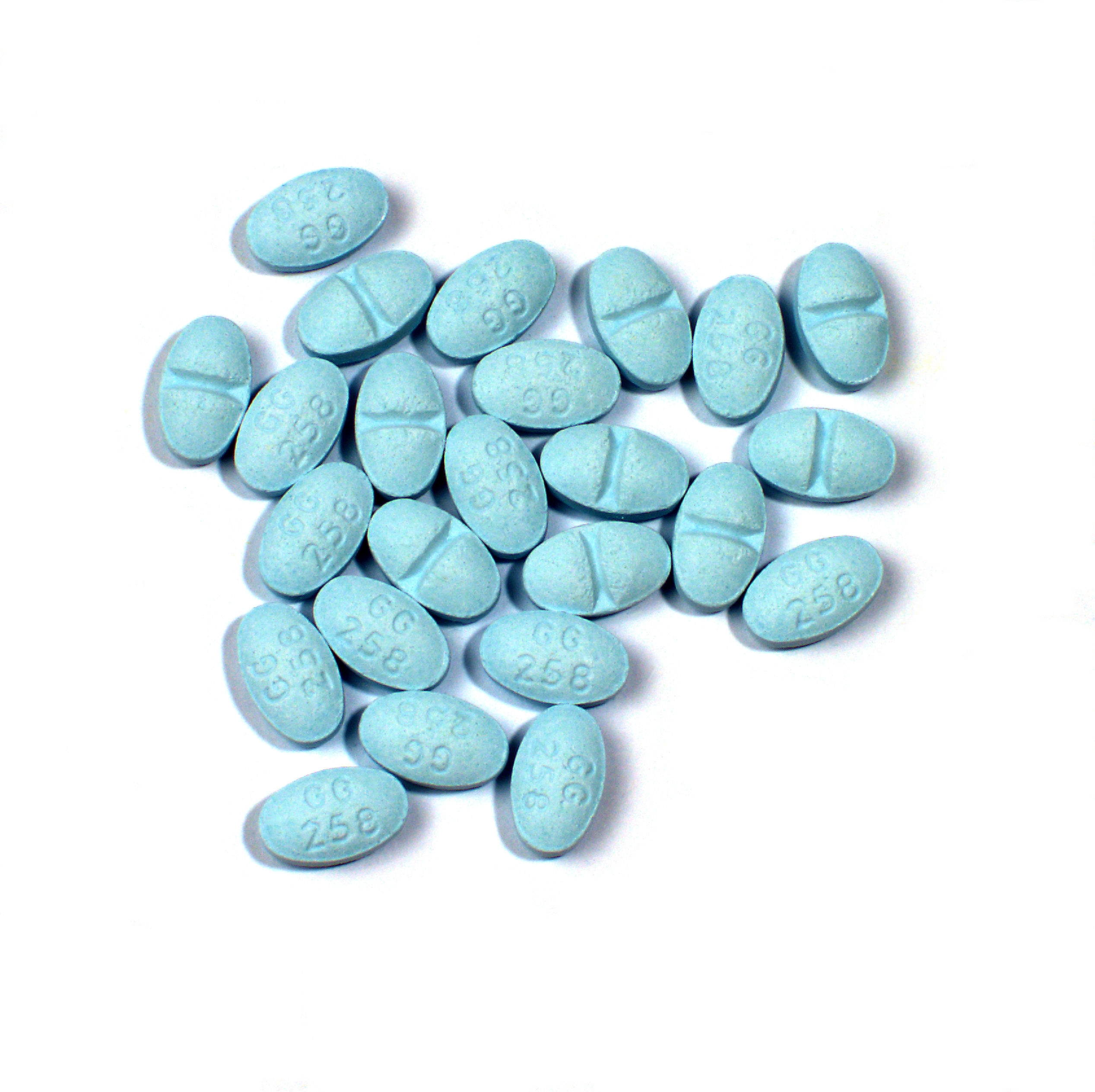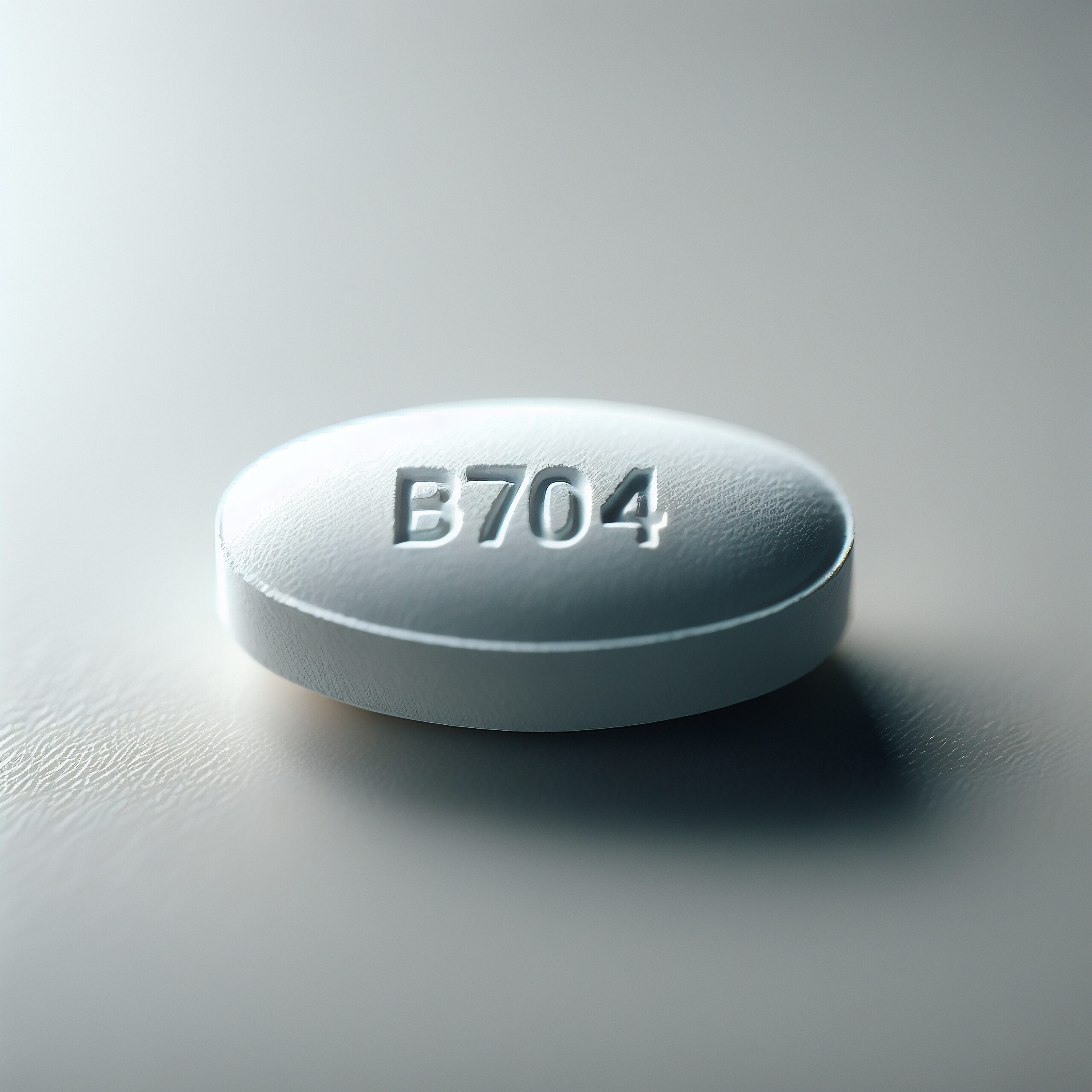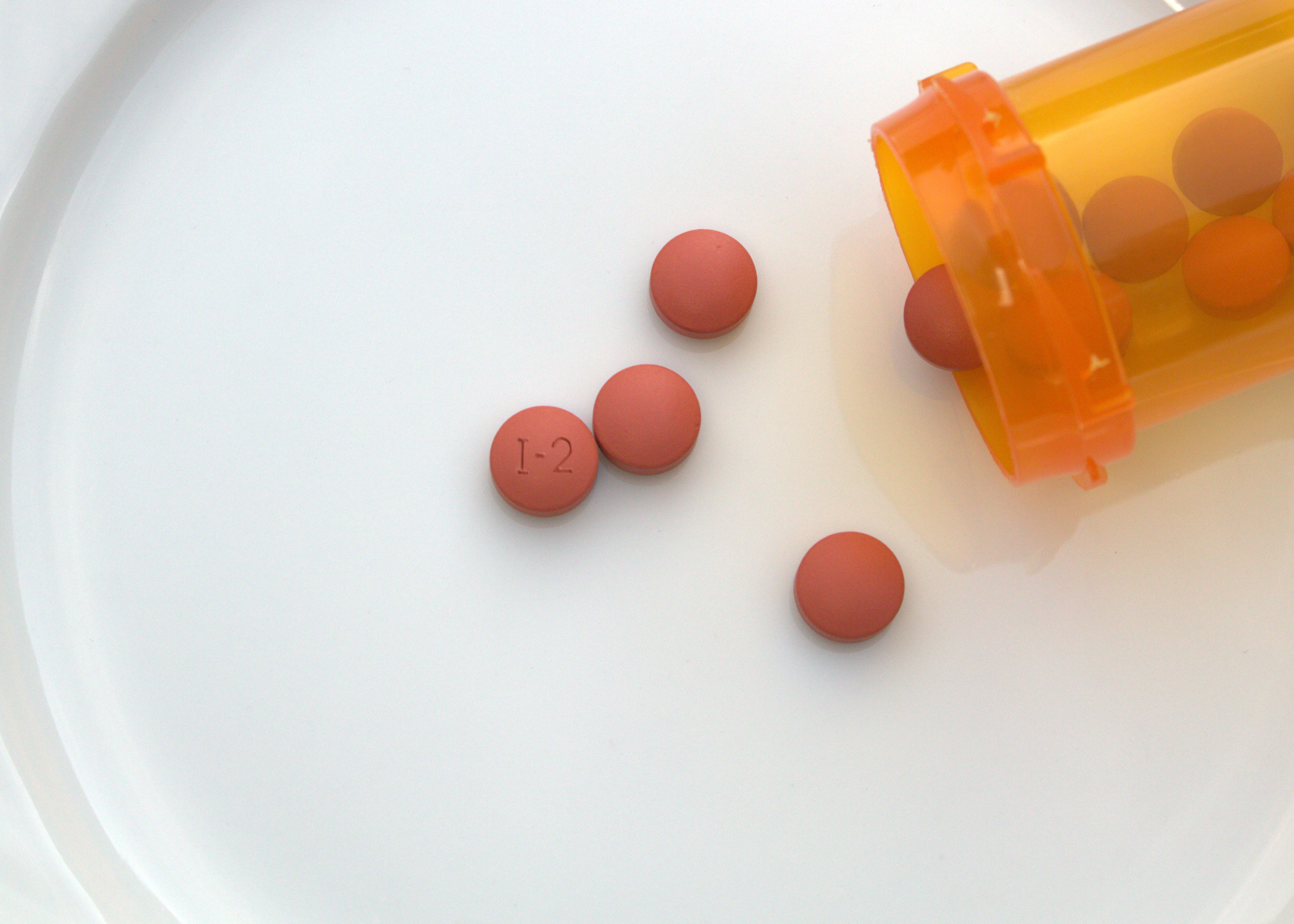Crank is an alternative name for meth (methamphetamine), which is a strong and addictive drug. The crank drug makes people feel happy and full of energy, but it can also cause severe health problems and dangerous actions. Crank can look different and be used in various ways like smoking, snorting, swallowing, or injecting. Crank is one of the most damaging drugs, causing problems in communities across the United States.
This guide highlights the many dangers of crank addiction and shows you how to get compassionate and effective substance abuse treatment to help you get sober and stay sober. Most problems caused by crank are reversible with the right interventions.
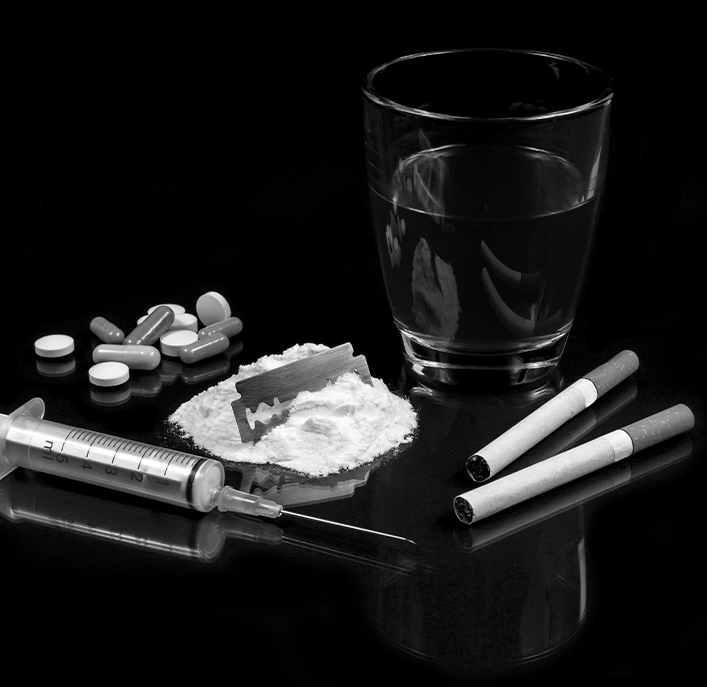
What Is Crank Drug?
Crank is another name for meth, a potent drug that can quickly lead to addiction and other health problems. Unfortunately, crank addiction is common in people of all ages and from all communities.
Methamphetamine is known as one of the most addictive drugs in the world. Crank became notorious before the onset of the opioid crisis. While fentanyl gets the most press right now, crank is still one of the strongest and most dangerous illegal drugs that gives a powerful high. When used in combination with fentanyl, meth has been blamed for triggering a fourth wave of the opioid epidemic.
Crank affects the CNS (central nervous system). It is usually sold as a white powder or crystal. Crank is almost clear in pure form, but the type sold on the street is often white or off-white. Sometimes, it can be blue, pink, yellow, or green. Because it looks like crystals, crank is sometimes known as rock salt or quartz. People often pack it into capsules, making it easy to pass around in clubs. There is also a less common form called liquid crank, as syrup which is usually dark yellow.
Meth is a Schedule II stimulant, meaning it can easily cause addiction and has limited medical use – sometimes it is used to treat conditions like ADHD and narcolepsy, but it’s different from crank. Medical meth is given in small doses, unlike crank, which is taken in much larger amounts and is potentially cut with other substances.
In the United States, it is illegal to have, make, or sell meth, and breaking these laws can lead to serious punishment. Recently, there have been more laws to control the sale of chemicals used to make meth due to the ongoing problems caused by the abuse of this drug.
Chemical Makeup of Crank
Crank is made up of several harmful chemicals. The main ingredient is pseudoephedrine, which is found in some cold medicines. This ingredient is turned into crank using a chemical process. Other chemicals in crank include:
- Acetone: Found in nail polish remover.
- Lithium: Taken from batteries.
- Anhydrous ammonia: Used in fertilizers.
- Hydrochloric acid: Found in cleaning products.
- Red phosphorus: Found on matchboxes.
These chemicals are dangerous on their own and even more harmful when combined to make crank.
What Does Crank Look Like?
Crank can come in different forms.
Regular meth
Regular meth is usually a white or off-white powder. It can also be yellow or brown. Sometimes, it is pressed into pills. Regular meth looks like fine grains, similar to sugar or salt.
Crystal meth
Crystal meth looks different from regular meth. It is clear or white and looks like small pieces of glass or shiny rocks. That is why it is sometimes called ice or glass. Crystal meth is usually purer and stronger than regular meth.
Both forms of meth are dangerous and can cause serious health problems.
What Is Crank Slang For?
Crank is a slang word for methamphetamine, especially when it is in a white powder form which is less pure. Meth can look like crystals or powder. Both forms have the same drug inside them. The main difference is how pure they are and how they look. Crystal meth is usually clearer, more refined, and stronger. Powdered meth is often less pure and feels rougher.
Other Street Names for Crank
Here are some other slang words people use for meth:
- Crystal meth: This form of meth looks like small glass pieces. Crystal is a common street name for meth.
- Ice: Another name for crystal meth because it looks like ice.
- Glass: Refers to crystal meth’s glass-like appearance.
- Speed: Meth can make people feel energetic like they are moving fast.
- Shards: Refers to the crystal-like shape of some meth.
- Quartz: Another name for crystal meth because of its shiny, rock-like look.
These slang words all refer to the same dangerous drug. Knowing these names can help you understand when someone is talking about meth and keep you safe.
How Crank Works
Crank affects the brain and body in strong ways. When someone uses crank, it increases the amount of dopamine, a brain chemical that makes people feel happy and energetic. This is why people feel a rush of pleasure and energy. However, these feelings don’t last long and are followed by a crash, making the person feel tired and depressed. Over time, using crank can change how the brain works, making it hard to feel happy without the drug.
How Crank Is Made
Crank is made in illegal labs using dangerous chemicals. People start with cold medicine that has pseudoephedrine. They mix this with other chemicals like acetone from nail polish remover, lithium from batteries, and anhydrous ammonia from fertilizer. They heat and combine these ingredients to make crank. This process is risky because it can cause fires and explosions. The chemicals used are toxic and can harm anyone nearby. Making crank is illegal and very dangerous.
What Is the Difference Between Crank & Methamphetamine?
Crank and methamphetamine are the same drug but in different forms. Crank usually refers to the powdered form of methamphetamine, which is less pure. Methamphetamine, or meth, can also come in crystal form, known as crystal meth. Crystal meth is purer and more potent than crank. Both forms are highly addictive and dangerous, causing serious health problems and addiction.
How Crank Use Is a Danger to the Body
Using crank, or methamphetamine, can cause many serious health problems.
Negative Effects of Crank Use
Crank abuse can affect the body and mind, both short-term and long-term.
Heart problems
Crank makes the heart beat very fast and raises blood pressure. This puts a lot of strain on the heart, which can lead to heart attacks and strokes. The heart has to work too hard, and this is very dangerous. Over time, this can cause long-term damage to the heart and blood vessels.
Brain damage
Methamphetamine changes how the brain works. It can cause memory problems, trouble thinking, and long-term brain damage. People who use crank long-term might find it hard to learn new things or remember important information. This brain damage can be permanent, making it difficult to function in everyday life.
Lung issues
Smoking crank can harm the lungs. It can cause breathing problems, coughing, and lung infections. The smoke from crank can irritate the lungs, making it hard for people to breathe properly. This can lead to chronic lung diseases like bronchitis or pneumonia.
Liver and kidney damage
Using crank can damage the liver and kidneys, which are important for cleaning the body. Over time, crank can make these organs stop working well, leading to serious health problems. Liver and kidney failure can be life-threatening and may require long-term medical treatment.
Immune system weakening
Crank use can weaken the immune system, making it harder for the body to fight infections and illnesses. This can lead to getting sick more often and having a harder time recovering. A weakened immune system can make even minor illnesses serious.
Risk of infectious diseases
People who inject crank are at a higher risk of getting infectious diseases like HIV and hepatitis. Sharing needles or using dirty ones can spread these dangerous diseases. These infections can cause long-term health problems and require ongoing medical care.
Skin problems
People who use crank often experience severe skin issues. They may have sores from compulsive scratching, which can become infected. This is because crank makes people feel itchy and causes them to scratch their skin.
Dental issues
Using crank can cause severe dental problems, including extensive tooth decay and gum disease. The condition, known as meth mouth, happens because crank reduces saliva, leading to dry mouth and making it easier for bacteria to cause tooth decay.
Weight loss and malnutrition
Crank reduces appetite, so people lose weight quickly. If they use crank for a long time, they can become malnourished. Over time, this makes their immune system and overall health very weak. Malnutrition can lead to other health problems, like muscle loss and weakness.
Overall physical decline
Using crank can cause a person’s body to weaken overall. They might look very unhealthy, with bad skin, rotten teeth, and extreme weight loss. This overall decline makes it harder to live a healthy, happy life and can lead to more serious health issues.
10 Symptoms of Crank Abuse & Addiction
Crank addiction is serious and can affect people in many ways. Here are some signs that someone might be addicted to crank. These symptoms come from DSM-5-TR, a diagnostic tool that
doctors use to understand and diagnose addiction.
- Cravings: A strong need to use crank.
- Loss of control: Using more crank than planned or using the drug for longer than intended.
- Failed attempts to quit: Trying and failing to stop using crank.
- Time spent: Spending a lot of time getting, using, or recovering from crank.
- Giving up activities: Not doing important activities because of crank use.
- Continued use despite problems: Using crank even when it causes problems with family, friends, or work.
- Physical or mental problems: Using crank even when it makes physical or mental health issues worse.
- Neglecting responsibilities: Failing to meet responsibilities at work, school, or home because of crank.
- Dangerous situations: Using crank in situations where it is physically hazardous.
- Tolerance: Needing more of the drug to get the same effect and experiencing withdrawal symptoms upon quitting.
Withdrawal Symptoms
When someone stops using crank, their body and mind go through withdrawal. Here are some common symptoms:
- Feeling very tired: People often feel tired and want to sleep a lot.
- Depression: They might feel sad and hopeless.
- Anxiety: Feeling nervous or worried is common.
- Cravings: A strong desire to use crank again.
- Increased appetite: They might feel hungry and eat more than usual.
- Irritability: Feeling grumpy or angry easily.
- Sleep problems: Trouble sleeping or having nightmares.
These symptoms can be hard to handle, but with help, people can get through withdrawal and start to feel better.
Recovery & Treatment: Rehab for Crank
Getting help for crank addiction is very important. Rehab programs can help people stop using crank and start living a healthier life. Here’s how rehab works and how it can help:
Detox
The first step in rehab is detox, where the body gets rid of crank. This can be hard because it can cause withdrawal symptoms like feeling very sick, tired, or sad. Doctors and nurses help people during detox to keep them safe and comfortable.
Therapy
Therapy is a big part of rehab. Talking with a therapist helps people understand why they started using crank and how to stop it. There are different kinds of therapy, like:
- Individual therapy: One-on-one talks with a therapist.
- Group therapy: Talking with others trying to stop using the drug.
- Family therapy: Working with family members to heal and support each other.
Education
In rehab, people learn about addiction and how crank affects the body and mind. They learn skills to cope with stress and avoid using crank again.
Support groups
After rehab, support groups like NA (Narcotics Anonymous) can help people stay drug-free. These groups offer a safe place to share experiences and get support from others who understand.
Healthy living
Rehab programs also teach healthy habits, like eating well, exercising, and getting enough sleep. These habits help the body and mind heal from crank use.
Relapse prevention
Learning how to avoid relapse is an important part of recovery. Rehab teaches people to recognize triggers, which are things that make them want to use crank. They learn ways to deal with these triggers without using drugs.
Medications
Sometimes, doctors give medications to help with withdrawal symptoms or to treat other health problems caused by crank use.
Continuing care
After finishing a rehab program, continuing care is important. This can include regular check-ins with a therapist, attending support groups, and staying connected with a sober community.
Rehab for crank addiction is a journey, but with the right help and support, recovery is possible. If you or someone you know is struggling with crank addiction, reach out for help. There are many resources to support you on the path to a healthier life.

Recover Through Science-Backed, Insurance-Covered Treatments at Gratitude Lodge
Crank addiction is highly damaging and disruptive, but it’s also treatable. We can help you get back on track at Gratitude Lodge in Newport Beach and Long Beach, CA.
During supervised detox at one of our luxury rehab centers by the beach, you can access medications to make the process smoother. You will also enjoy 24/7 clinical and emotional care. After a week or so, you will move into ongoing treatment.
Inpatient treatment at Gratitude Lodge involves personalized therapies that include:
- Motivational therapy
- Talk therapy
- MAT (medication-assisted treatment)
- Counseling
- Family therapy
- Holistic therapy
- Aftercare
Call our recovery experts today at 800-994-2184.






